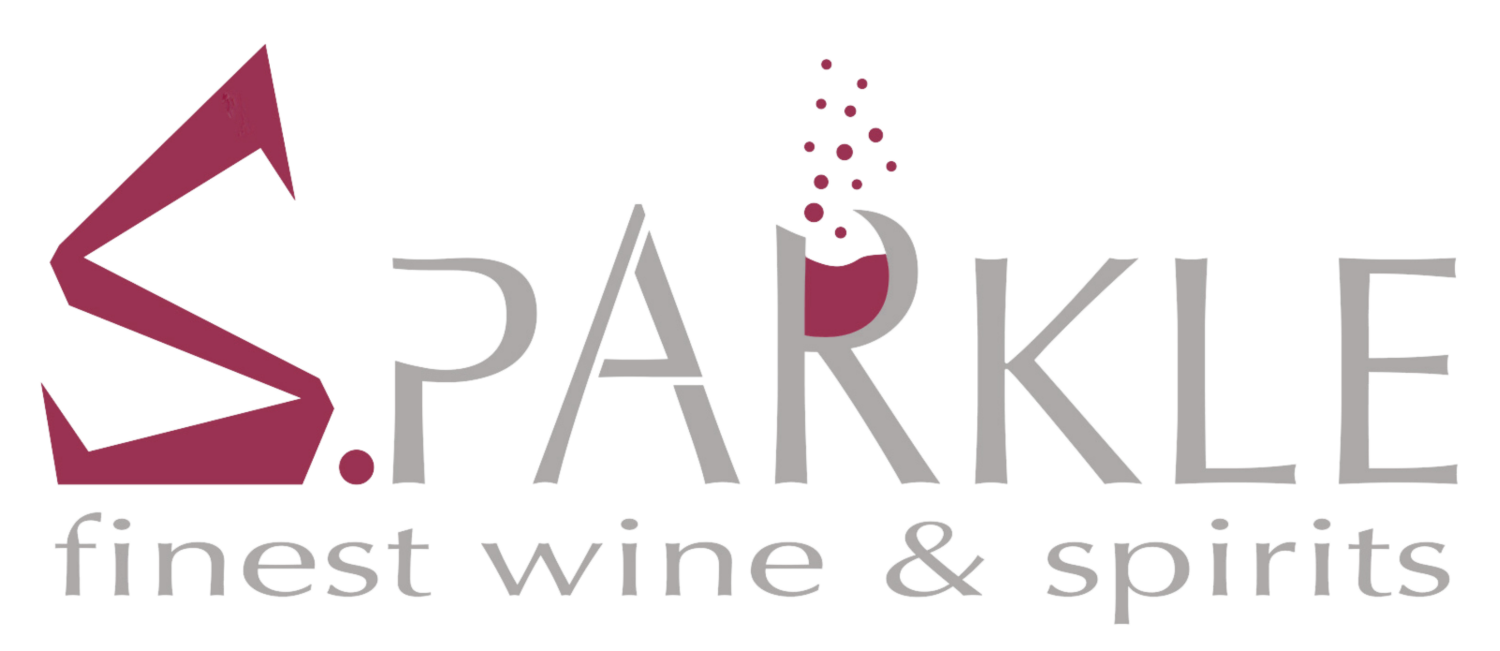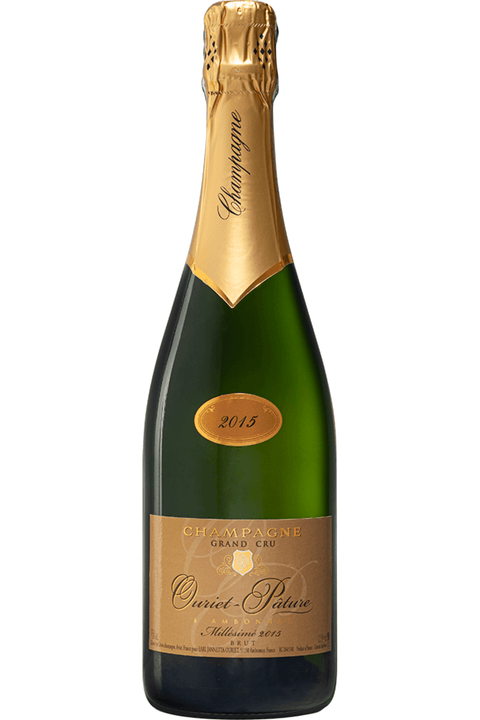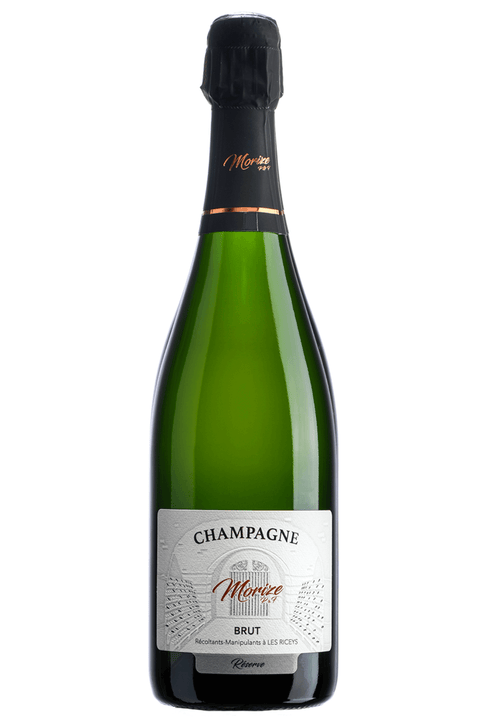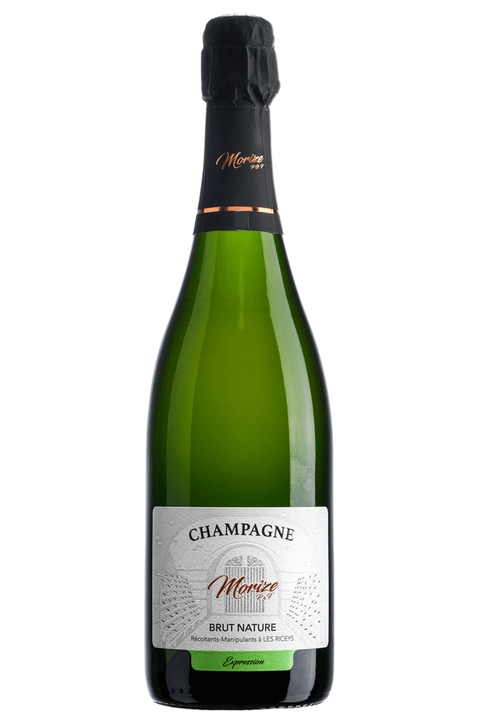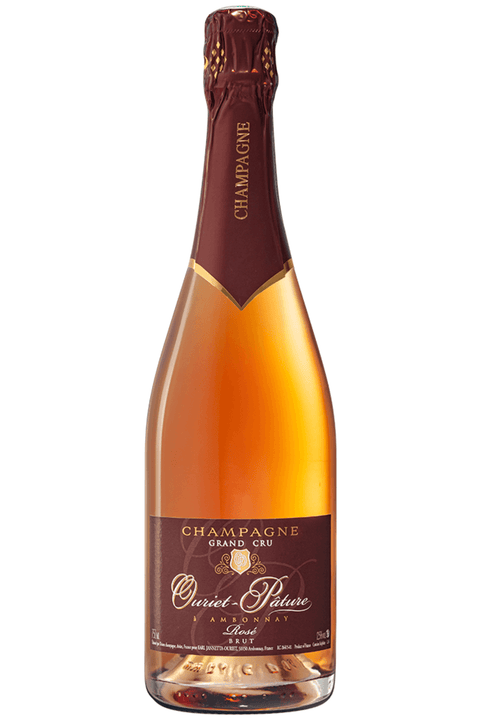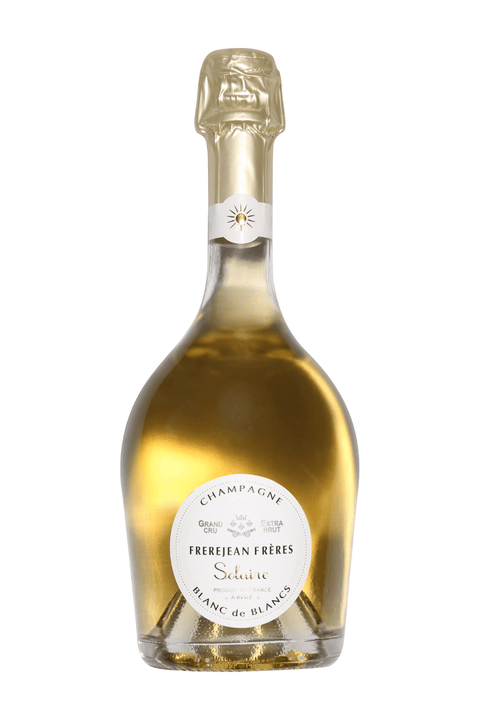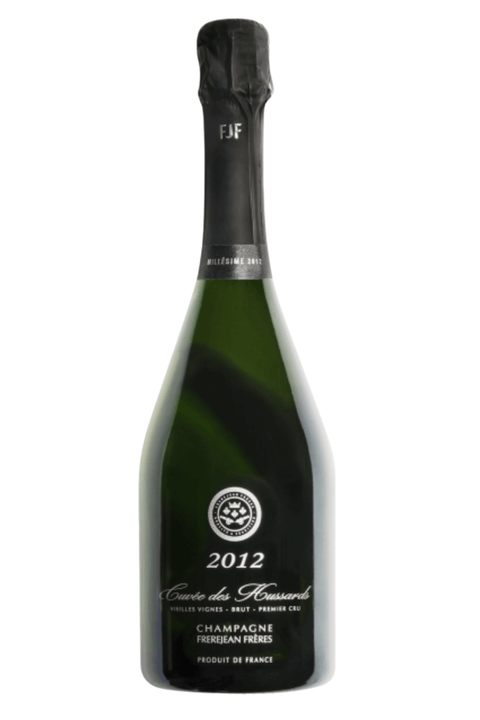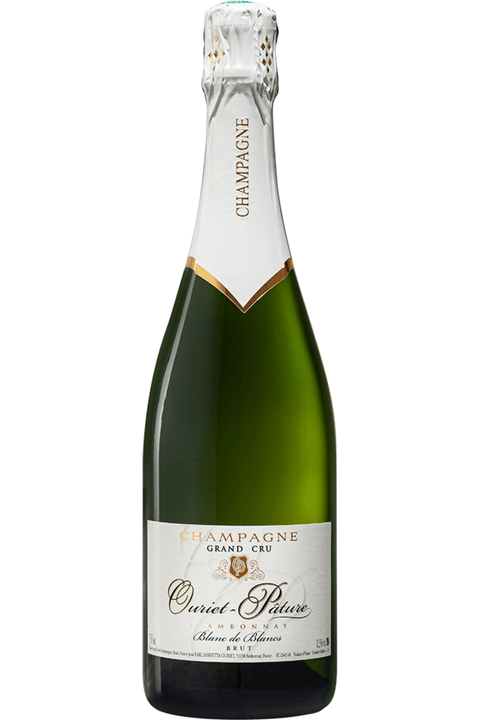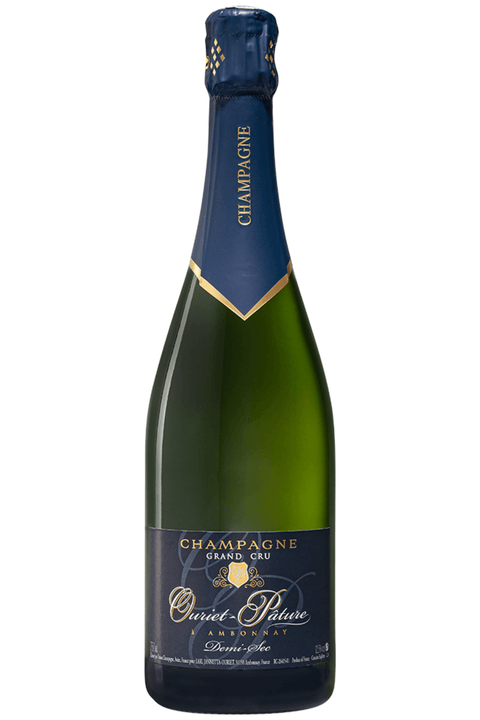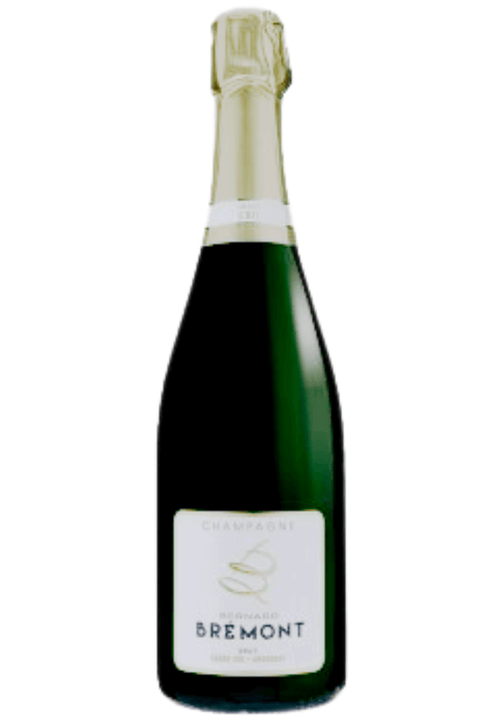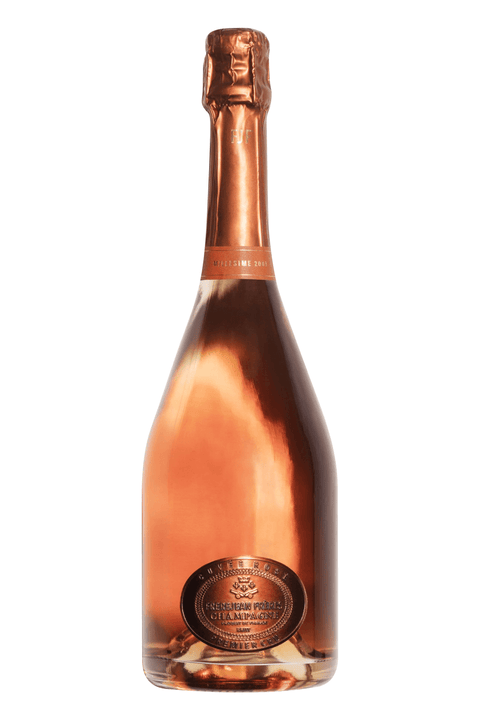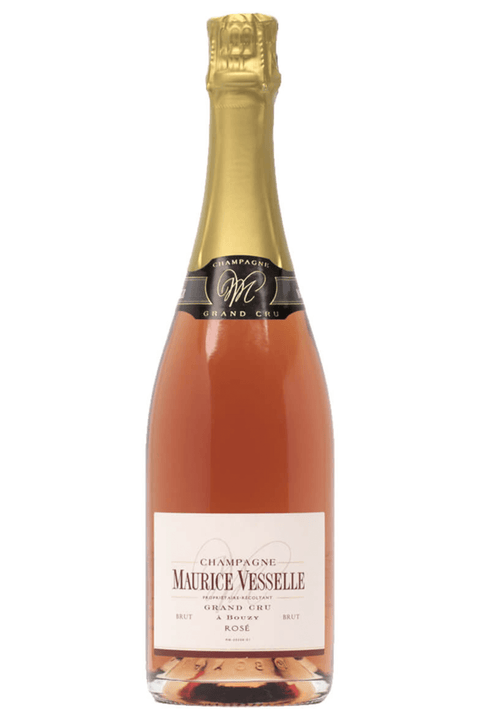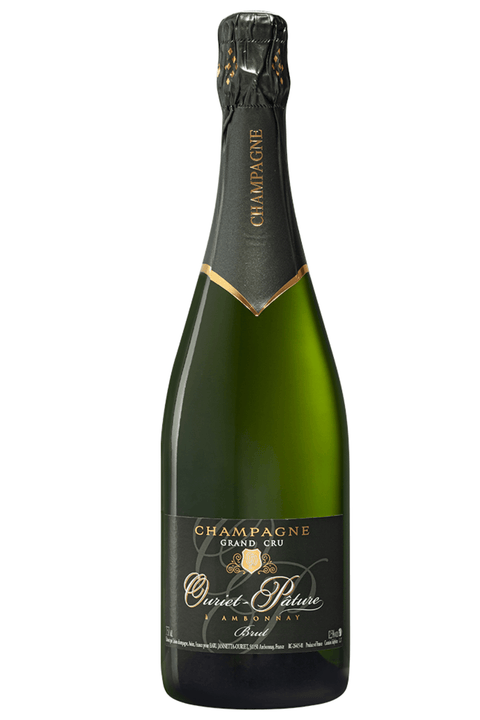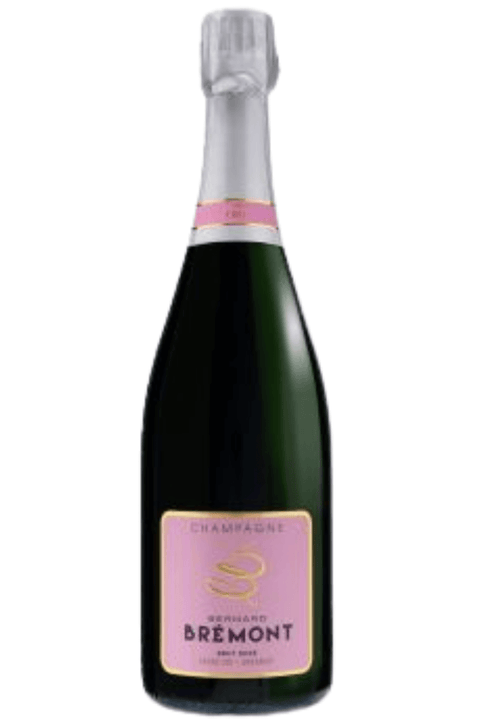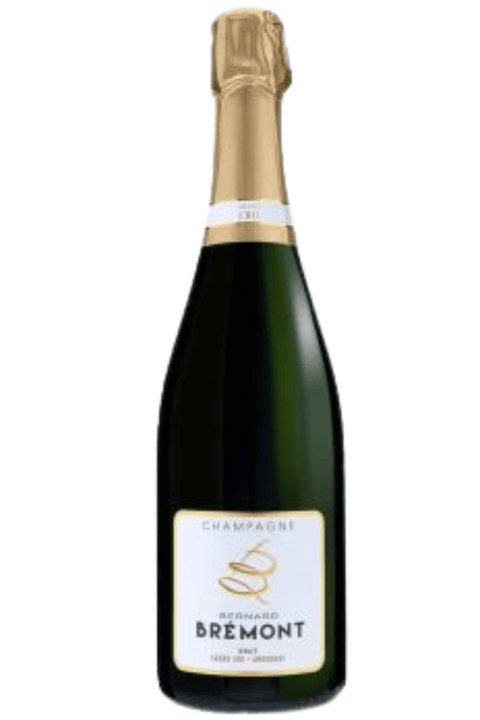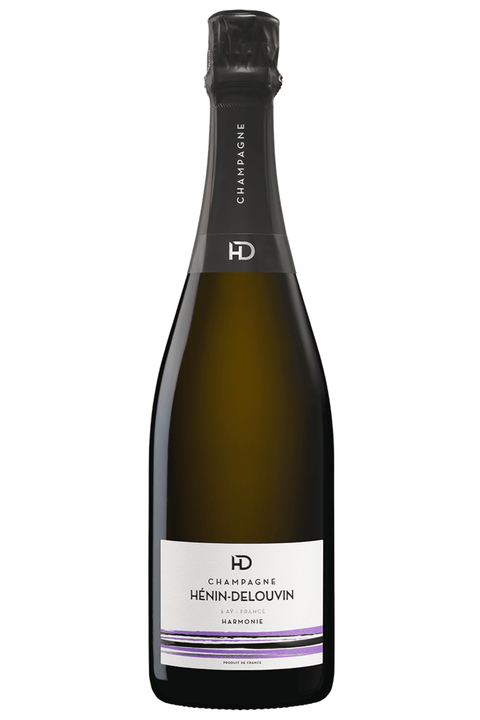96 products
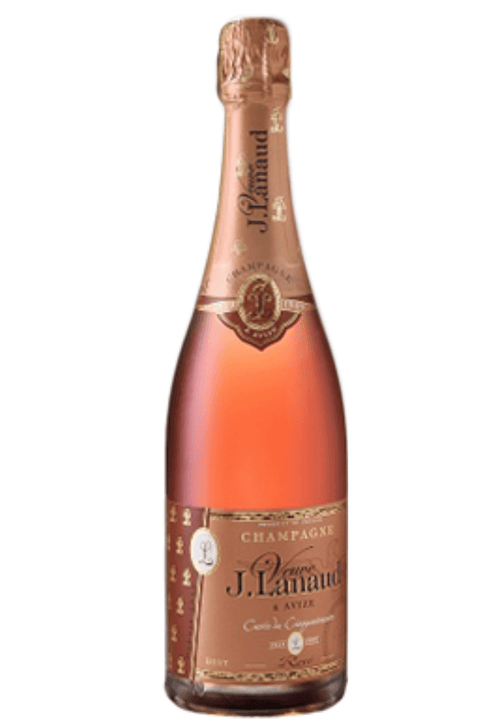
Cuvée Du Cinquantenaire Champagne Rosé Brut Champagne Veuve J.Lanaud
Champagne Veuve J.Lanaud
€48,00
€50,00
-4%
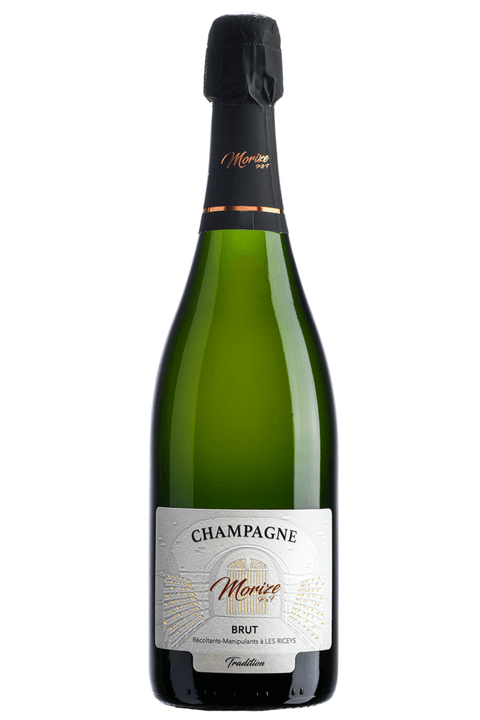
Champagne Brut Tradition Blanc de Noirs Champagne Morize Pére & Fils
Champagne Morize Pére & Fils
€36,60
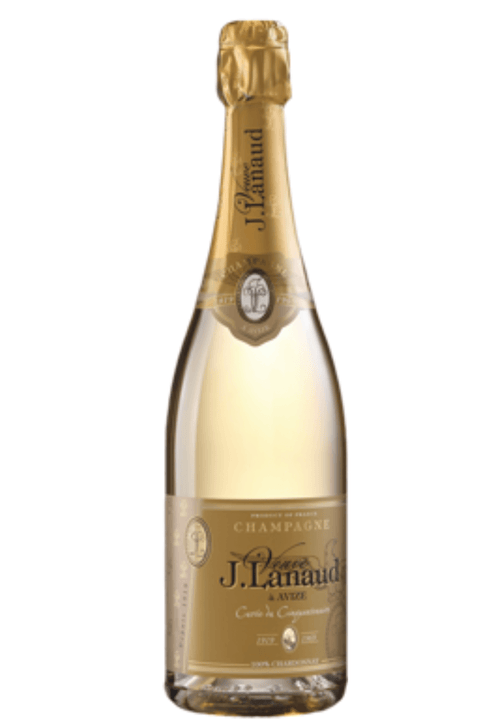
Cuvée Du Cinquantenaire Champagne Blanc de Blancs Brut Champagne Veuve J.Lanaud
Champagne Veuve J.Lanaud
€50,00
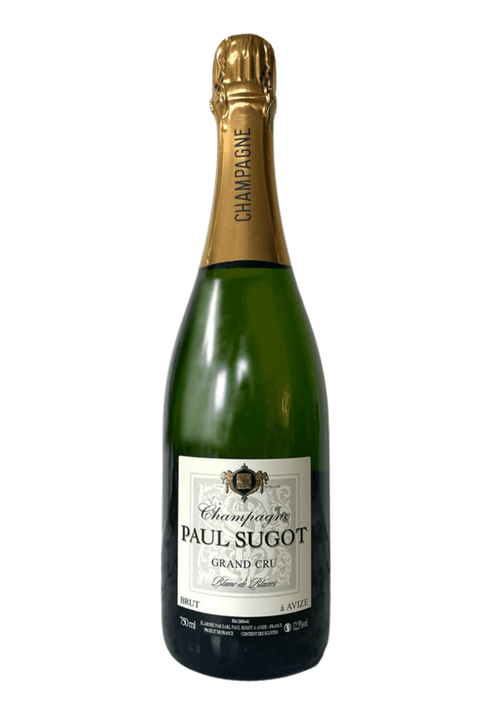
Champagne Brut Grand Cru Blanc de Blancs Vielles Vignes Champagne Paul Sugot
Champagne Paul Sugot
€66,00
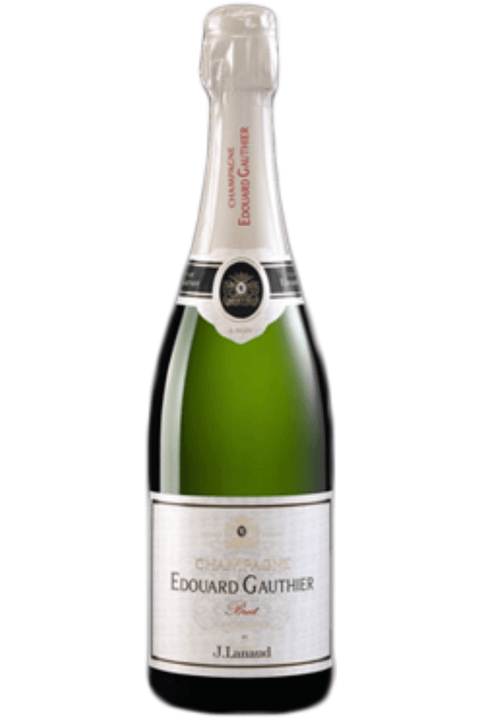
Edouard Gauthier Champagne Cuvée Brut Champagne Veuve J.Lanaud
Champagne Veuve J.Lanaud
€29,50
€35,00
-16%
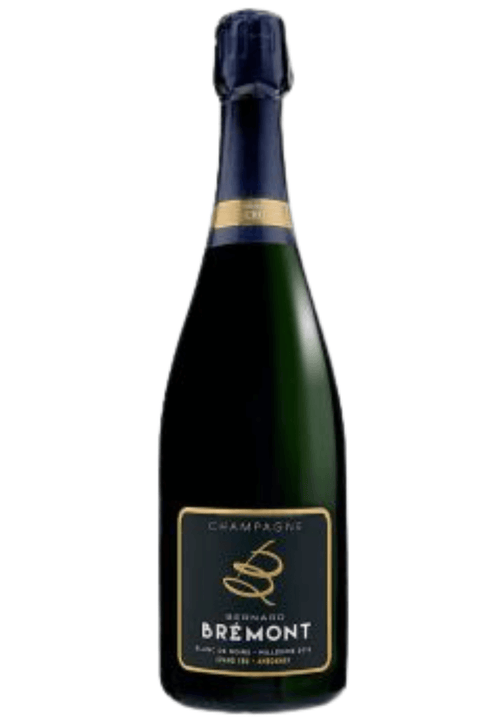
Champagne Blanc de Noirs Millésime 2014 Brut Grand Cru Champagne Bernard Brémont
Champagne Bernard Brémont
€91,00
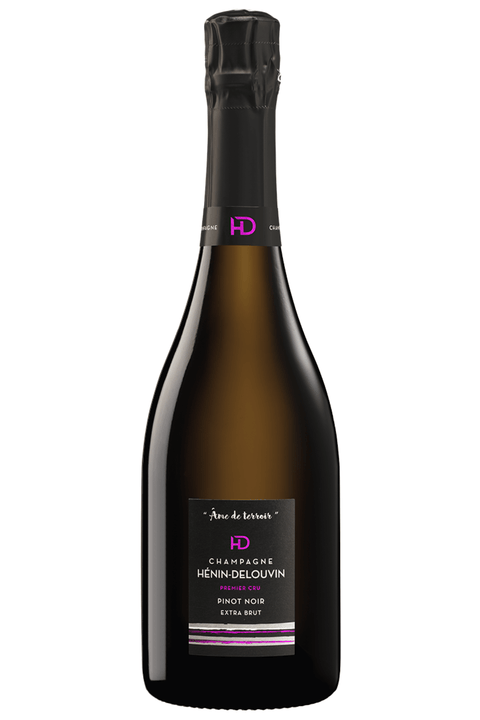
Âme de Terroir Champagne Cuvée Extra Brut Pinot Noir Champagne Hénin-Delouvin
Champagne Hénin-Delouvin
€63,00
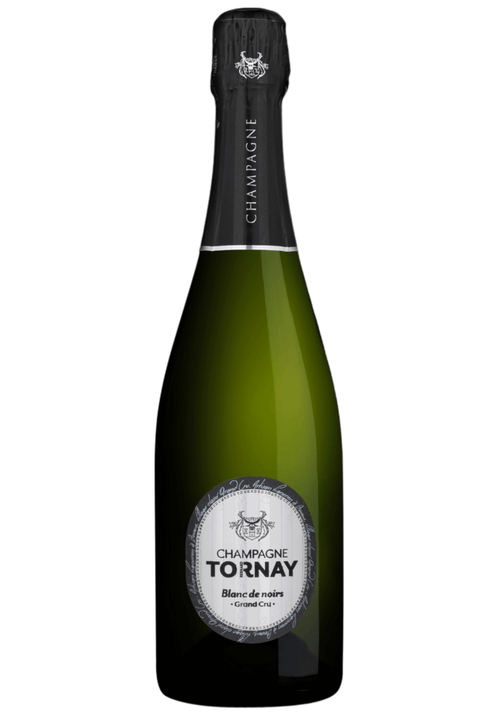
Champagne Brut Blanc de Noirs Grand Cru Champagne Bernard Tornay
Champagne Bernard Tornay
€45,80
€65,00
-30%
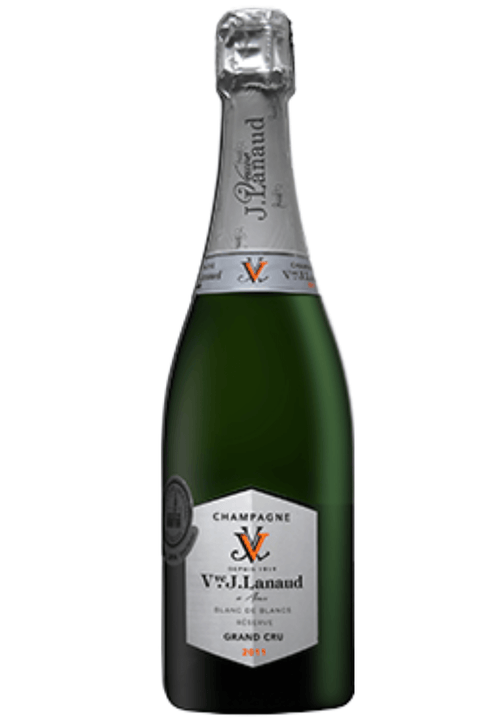
Champagne Cuvée Réserve Grand Cru Blanc de Blancs Millésime 2017 Champagne Veuve J.Lanaud
Champagne Veuve J.Lanaud
€62,80
